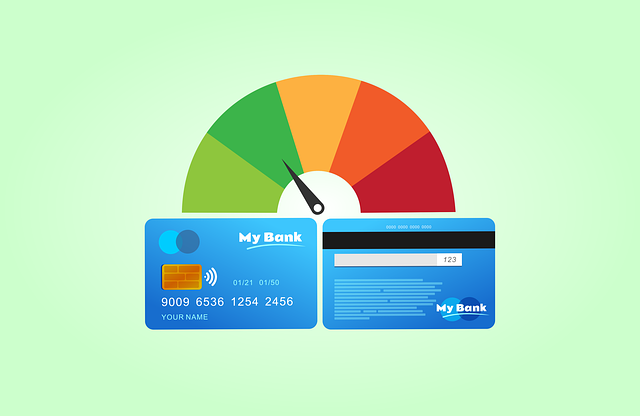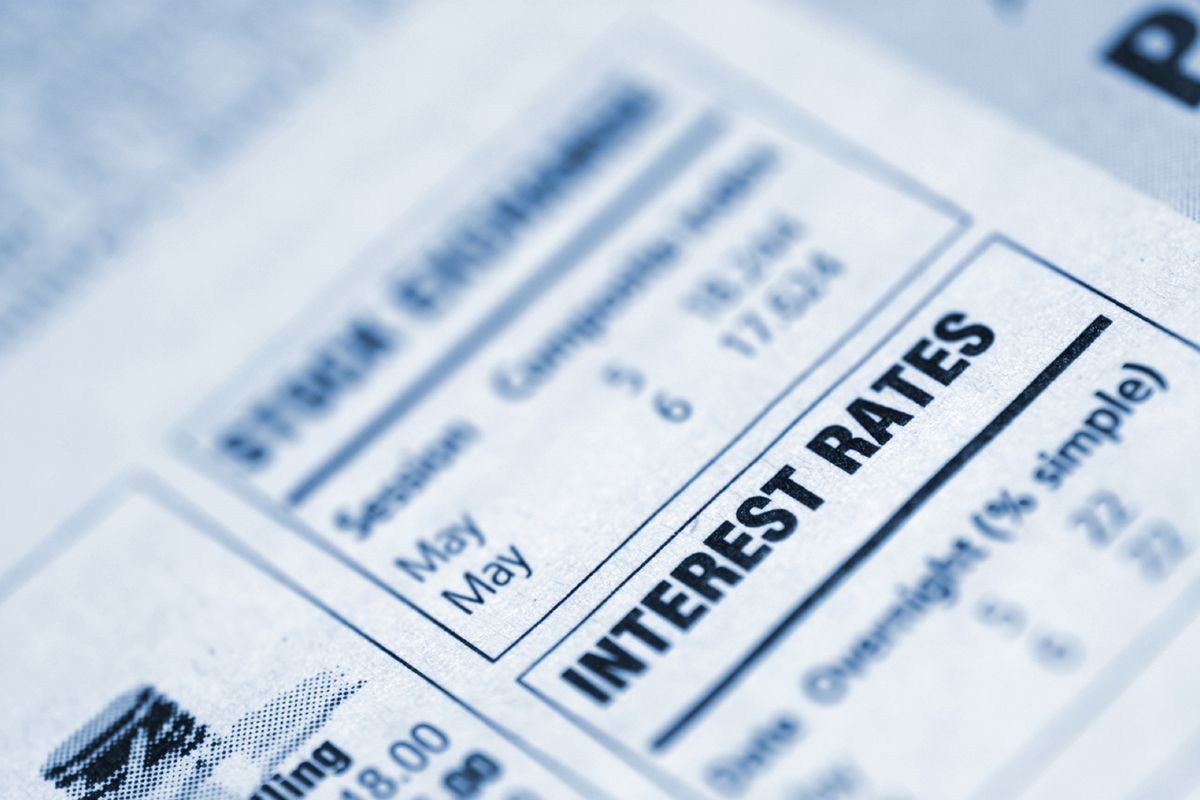Home Loan in India: Concepts, Terms & Frequently-Asked-Questions (FAQs) – Part I
While trying to evaluate home loan options for ourselves, we sometimes encounter concepts and terminologies that we are not familiar with. Hence, the need to clear the mist around these concepts and questions.
The endeavour in this article is to simplify all of these, and to compile a list of the relevant terminologies, concepts and frequently encountered questions regarding home loans in India.
Knowledge is power, and with a good understanding of the home loan in India-related concepts, we can make a well-understood and better-informed decision on home loan options.
So, let’s understand and demystify what these terms and concepts mean!
1. What is a home loan in India?
A home loan in India is simply a monetary loan offered by a ‘lender’ to a ‘borrower’ especially for the purchase of a residential property.

The lenders are usually banks or financial institution like HDFC, SBI, LIC, ICICI, DHFL, Indiabulls, PNB, etc. who pay for the property that the borrower wants to acquire.
The borrowers are usually individuals who are either salaried or self-employed, and are capable of paying back the ‘principal’ loan amount along with ‘interest’. The Reserve Bank of India regulates the financial institutions regarding the rate of interest the lending institutions can charge.
The borrower repays an interest plus principal amount back to the bank for the amount taken. The banks usually charge a reducing balance method of interest for home loans. The ‘reducing balance’ can be: i) monthly reducing, ii) annual reducing, or iii) daily reducing balance.
Besides, the rate of interest could be ‘variable’ (floating) or ‘fixed’, and the borrower is given the option to choose whichever one prefers.
The lender (bank) takes charge of the property (i.e. keeping the ‘title of property’ by way of mortgage) till the loan is fully paid back with interest by the borrower over a period of time. The borrower of a home loan usually pays monthly instalments as per the agreed terms and conditions.
The repayment of loan amount (interest + principal amount) to the financial institution is indicated in a loan amortization table/schedule. This repayment schedule clearly shows the ‘Interest’ and ‘Principal’ amount a borrower would pay, and also indicate the outstanding ‘Principal’ amount end of every month as we keep paying-up.
2. What are the different types of home loans ?
Home purchase loan– to buy a flat/apartment or a house.
Home construction loan– for construction of a house on a pre-owned residential plot.
Home improvement loan– for renovating a home, be it internal or external improvisations on existing house. It can be an ‘unsecured loan’ at a higher rate of interest, or a ‘home improvement loan’ taken by keeping your property as a collateral (security) where the interest rates are much lower.
Land purchase loan– where a person is looking to buy the residential plot for construction of villa/duplex/bungalow etc., and the ‘plot’ itself serves as the security/collateral.
Home extension loan- this is about addition to the existing house by way of remodelling, adding an additional room or a bathroom, or may be, even converting your ground floor house into a duplex or a double-storey house.
Joint home loan- this is where two people, usually the spouse, children or parents are party to the home loan. Double income earning members benefit on the Income Tax deductions by being joint home loan co-borrowers.
Home loan balance-transfer– this allows you to transfer your existing home loan from one lender to another at better terms, especially, at a lower rate of interest and some other financial and/or non-financial benefits.
Top-up home loan– this is a provision where you are allowed to take an amount over and above your home loan amount which is still outstanding.
3. Which are the top banks for home loans in India?

The Indian home loan market is currently dominated by SBI, HDFC, LIC and ICICI. These four home loan lending institutions account for more than 75% of the total home loans offered in India.
4. What do we mean by the ‘tenure’ of a home loan?
Home loan tenure is meant for repayment of a loan taken by the borrower. It ranges from 5 to 30 years. The tenure depends upon various factors like the amount, your eligibility, your age, and other factors.
For example,
A person with a good and stable income at an age of 30 will get a sweet deal on tenure (i.e. flexibility to go on till 30 years of tenure) since time is one’s side.
A person with similar income at the age of 55 will not get much flexibility for repayment, since the person being old, is considered high risk by the bank.
5. What’s meant by eligibility criteria for a home loan in india?

[SOURCE:https://pin.it/7mycdCR]
A person, salaried or self-employed, is eligible for a home loan provided one has a stable and regular source of income. The minimum age for loan applicant should be over 21 years, at the beginning of the loan, and the loan period needs to end by the time person reaches the superannuation age of 65 years. However, the minimum and maximum age limits, and the risk a bank is willing to take depends on, both, the bank as well as the person seeking the loan. Within a bank, upon application, ‘case specific decisions’ are usually taken by loan approval team (from underwriting or risk department).
6. How should one go about evaluating home loan options from different banks?
One should visit the websites of the banks, or even websites that provide comparisons of different banks in a stepwise manner to save on time:
- You need to find the lender suitable for you, who is willing to offer the loan amount based on your income levels, requirements, and at the desired interest rates specific to you
- Compare the interest rates, features, benefits, service record, commitment to support you for tax benefits, reviews and other factors specific to your requirement
- Approach the bank online, arrange for an appointment or a call back, and they will reach out to you
- Keep all the supporting documents ready along with details of the property identified or the type of loan you are seeking
7. What do banks look for while processing your home loan?

[SOURCE:Image by Pabitra Kaity from Pixabay]
We normally apply for the home loan, and wait for decisions like ‘accept’ or ‘reject’, the eligibility amount etc. The main factor is your repayment capacity as judged by your current income, the existing loans, if any, you may have and the total disposable income you have, the number of family members dependent on you, presence or absence of additional sources of income, including spousal income etc.
The basic factors banks look for are:
- Income level of the applicant
- Age: lesser the better, provided the income levels are equally good
- Qualifications to determine your skill, demand of your occupation to maintain continuity of income inflow
- Resident status- Indian or NRI
- Spousal income, which helps incase the spouse is a co-applicant, and reduces the risk of the bank
- No. of dependents you have to support, which helps the bank determine your monthly monetary commitments
- Credit bureau score (CIBIL), and factors like cheque bounce history, delinquencies/defaults in the past
- Status of existing loans to determine the existing burden of repayment you have; This reduces the total limit of home loan eligibility
8. Is it possible to apply for a home loan along with a friend?
Not possible. Only members of your immediate family are qualified to sign the document as a co-borrower.
9. Who is allowed to be a co-borrower for a home loan in India ?
Your immediate family members like your wife, mother, father, son, daughter, brother or sister alone are allowed to be co-borrowers of your property.
10. How many co-borrowers can we have for a home loan?
Although the number of c-o-borrowers allowed is 6, normally the co-borrowers comprise the spouse, parents, children, and alone siblings who are your immediate family members. Besides, it is important to have a co-borrower with good credit history with CIBIL, else it can actually be damaging for your chances to get approval from the institution.

11. What is the variable or floating interest rate of a home loan in India?
The floating rate of interest means that it varies periodically over the entire loan tenure. The base rate differs for each lender, and that determines their ‘floating interest rate’. The base rates change from time to time depending on the RBI directives, leading to a change in the interest rates for the borrower. For some banks, the EMI changes periodically, whereas, in certain cases, the EMI remains the same, but the tenure may increase or decrease. The banks usually consult the borrowers and make adjustments convenient to them.
12. What is a fixed rate of interest for a home loan in india?
These remain fixed, and do not change regardless of the market conditions. The borrower has an option to choose such fixed rates, but this also comes at a risk, since once you opt for a ‘fixed interest rate’, the borrower may lose out as compared to those who pay a lower interest owing the ‘variable rate of interest’ they have opted for. However, when the markets are on an upsurge, and are volatile, a ‘fixed interest rate’ can also benefit a borrower. Overall, the ‘fixed interest rates’ are no longer very popular.

[SOURCE:https://pin.it/15ks5t0]
13. What is MCLR method of a home loan?
RBI has mandated that banks need to follow the ‘Marginal Cost of Lending Rate’ method for determining their home loan rates. For floating rates, the banks are supposed to follow this method, and change rates on a half-yearly or a yearly basis. Someone with an existing home loan can now switch over to ‘floating rates based on MCLR’. This regulation besides the general economic conditions has led to a reduction in a home loan in India interest rates.

[SOURCE :https://pin.it/7AAXjK9]
14. Is it possible to switch from a floating to a fixed rate of interest?
Yes. Most lenders offer you the option to switch from fixed to floating and vice versa. In the current economic scenario, a floating rate of interest is recommended
15. What are the methods used by banks to take back the repayment amount from borrowers?
Post-dated cheques are normally collected by the banks as matter of having a tangible security/commitment in their hands. However, there is an increasing preference for Standing Instruction of the borrowers Salary account for a direct debit of the EMI on a certain fixed date each month (using ECS- Electronic Clearing System). Some banks also have an arrangement of deducting the EMI directly from the salary account.
16. Which is safer for a home loan in India , a private sector, or a public bank/institution?

[SOURCE: https://pin.it/7mycdCR]
Both are fine, however, what’s more important is the other factors like interest rates, facilities, benefits & conveniences these institutions offer. One can also consider and compare the processing fees and charges while applying, and the penalties/conditions/guidelines for foreclosure or prepayments.
17. Is full prepayment or complete foreclosure of a home loan permitted?
Yes, one can fully prepay or foreclose by making a lump sum payment prior to the schedule. A few banks impose penalties or charges to facilitate foreclosure, however, there are many reputed banks who have no charge/penalty for either prepayment (partial payment) or complete foreclosure (full payment). This is one element one must evaluate before taking a home loan.
18. What are the key charges pertaining to home loan processing?

[SOURCE :Image by InspiredImages from Pixabay]
- Processing Fee: This is a fee paid by the home loan application to the lending institution. The intent is to provide the required details so that the approvals and eligibility-related details can be obtained from the lending institution. A processing fee may be a percentage of the loan amount or a fixed amount associated with the administrative charges and/or loan approval formalities
- Commitment Fee: Banks require a borrower to avail of the sanctioned amount within a certain stipulated time frame post-approval. Very few financial institutions impose a commitment fee on the borrower. This serves as a means to ensure that the borrower may take the loan amount at a certain agreed interest rate and tenure within a stipulated timeframe. Most banks don’t charge this fee anymore
- Pre-payment Charges: This is a penalty charged by the financial institutions when the full loan amount is foreclosed by making a lump sum payment prior to tenure completion. Now, RBI has mandated that banks are not permitted to charge a foreclosure (full payment) or pre-payment (partial payment) penalty on ‘floating rate’ home loans
- Miscellaneous charges: These are the other administrative and documentation charges like stamp duty, CIBIL/credit bureau report charges, legal expenses, and consultancy charges related to various loan processing stages
Contd. in Part II
To know more about “Home Loans in India: Concepts, Terms & Frequently-Asked-Questions (FAQs) – Part 2!”.Click here!


